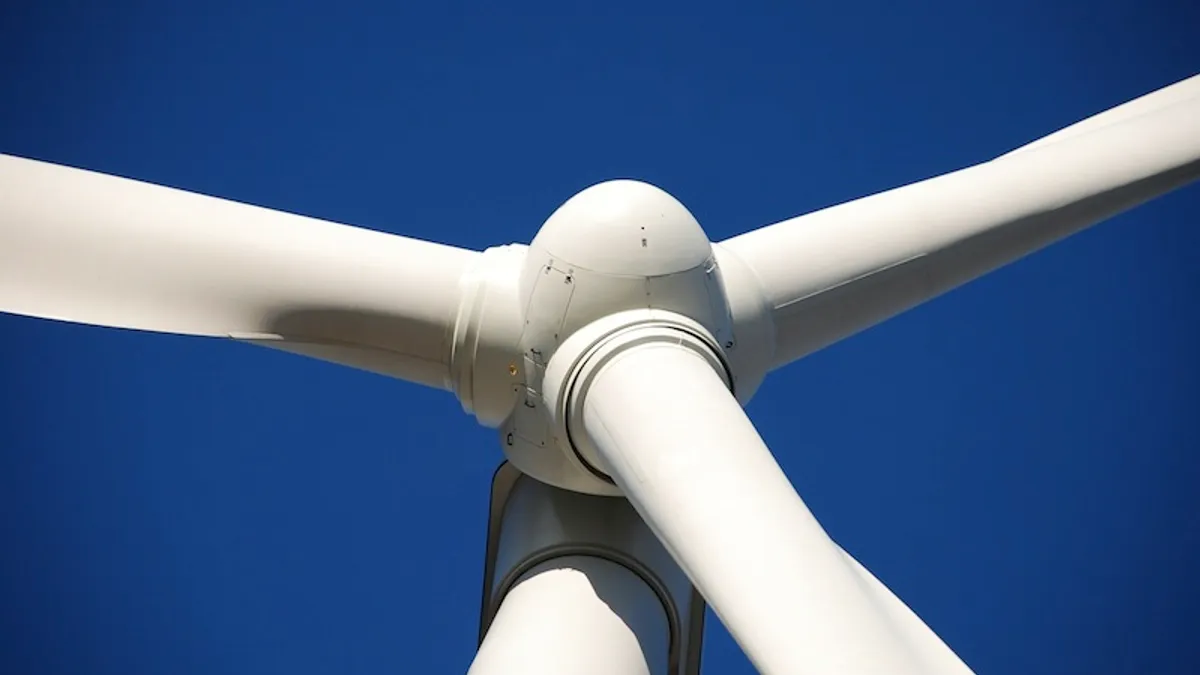Dive Brief:
- Kodiak Island got relief from Alaska’s $0.18 per kWh electricity price by substituting wind power for the annual 2.8 million gallons of diesel fuel it has burned at a yearly cost of $7 million. Along with its 80% hydro power, the island now meets its 26-plus MW peak demand with 99.7% renewables.
- The southern Alaska island’s Kodiak Electric Association (KEA) used a $16 million Alaska Energy Authority grant and $39.6 million in near zero-interest clean renewable energy bonds to install six 1.5 MW GE wind turbines, 3 MW of battery storage, and add a 10 MW hydroelectric turbine to existing facilities.
- The island’s electricity rates, which are now 2.5% below 2001 levels, brought in new economic activity and jobs in construction and fishing, and increased tax revenues, according to the Rocky Mountain Institute.
Dive Insight:
Kodiak’s Pacific Seafood is marketing "sustainable salmon" because its production plant is powered by wind energy.
Because the island’s port wants to install a 2 MW electric crane that would create destabilizing power fluctuations and undesirable battery cycling, KEA will add ABB PowerStore flywheel units to avoid being forced to use diesel fuel as spinning reserves for voltage and frequency support.
“There is local, national, and global potential for building on Alaskan hard-won experience such as that in Kodiak,” according to Alaska Center for Energy and Power Research Professor George Roe.
Technological advances are allowing American Rivers, a waterway conservation group, The Nature Conservancy, and Duke Energy to all advocate for the responsible expansion of hydropower as an emissions-free, renewable, base-load, and fast-response energy storage resource. It now provides over 7% of U.S. electricity and could be much more, according the latest market report from the U.S. Department of Energy (DOE).













